Scroll down to explore a timeline of Alberta’s climate history and find out about some of the key climatic periods in Alberta over the last ~11,000 years. Although the Earth’s (and Alberta’s) climate has changed drastically over the last 4.5 billion years, the focus of this timeline is on the Holocene, which started when the Cordilleran and Laurentide Ice Sheets started melting and retreating from Alberta and North America around 11,000 years ago. Using paleoclimatic records from the Holocene helps us understand how a different global climate influenced regional hydrology and ecology of the landscape we see today. Evidence for the various climatic periods, as well as their effects on hydrology and ecology, is derived from proxy indicators that act as natural recorders of climate variability.
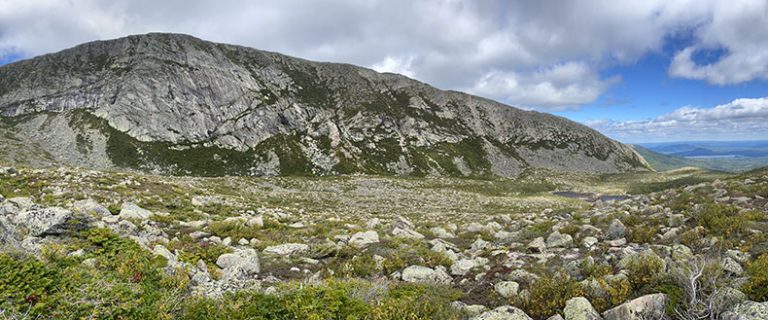
Retreat of Laurentide and Cordilleran Ice Sheets from Alberta and North America. Meltwaters begin to cut through mountains and prairies to form rivers and lakes we know today [1,2].
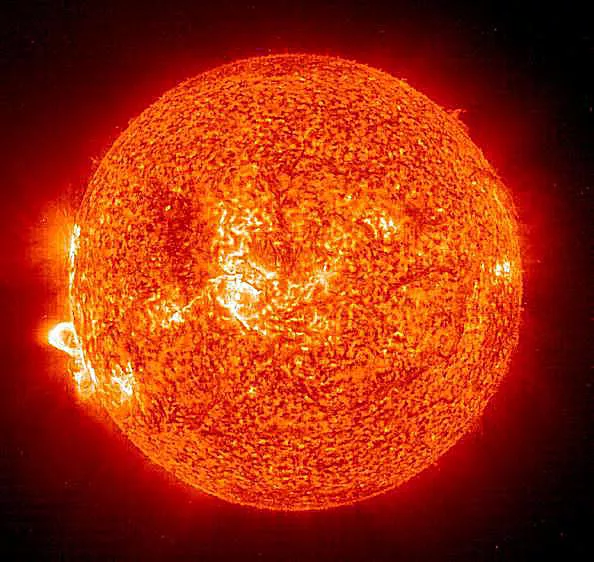
Although incoming solar radiation in Alberta during the summer was at a maximum during this time as a result of specific orbital parameters, maximal warmth did not occur because ice sheets were still retreating, reflecting sunlight back into space and absorbing heat while melting [3].
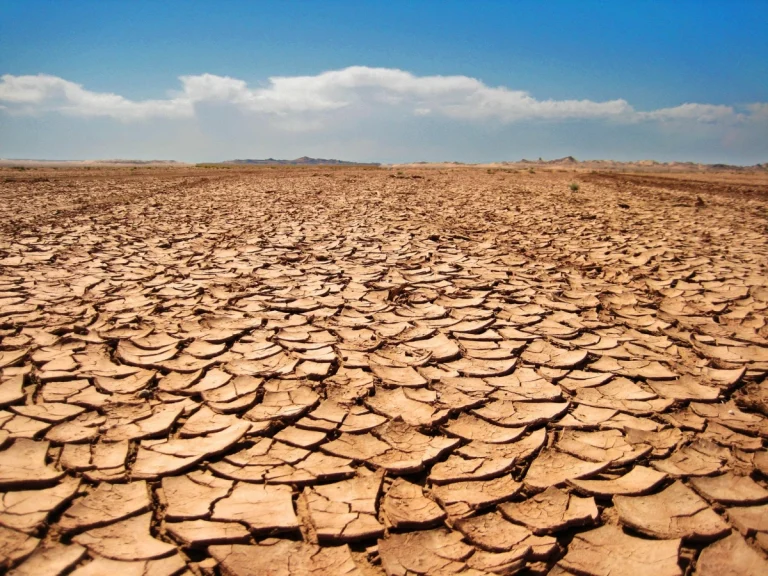
Summer temperatures begin to rise in Alberta while conditions become drier from increased evapotranspiration and reduced precipitation [3].
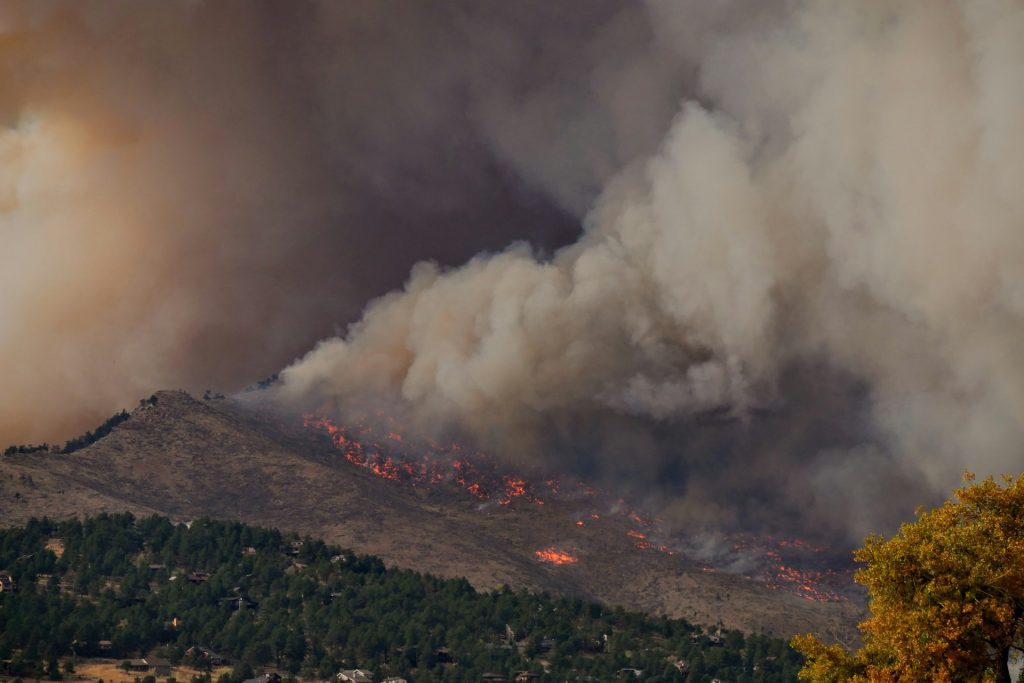
During the Hypsithermal, summer temperatures in Alberta were ~2 degrees warmer than current. Conditions were drier, from both increased evapotranspiration (from higher temperatures) and lower precipitation. Most lakes in the grasslands and parklands were dry, and active sand dunes were present. Increased rates of fire in the Foothills and Rocky Mountains followed upslope movement of tree species [3].
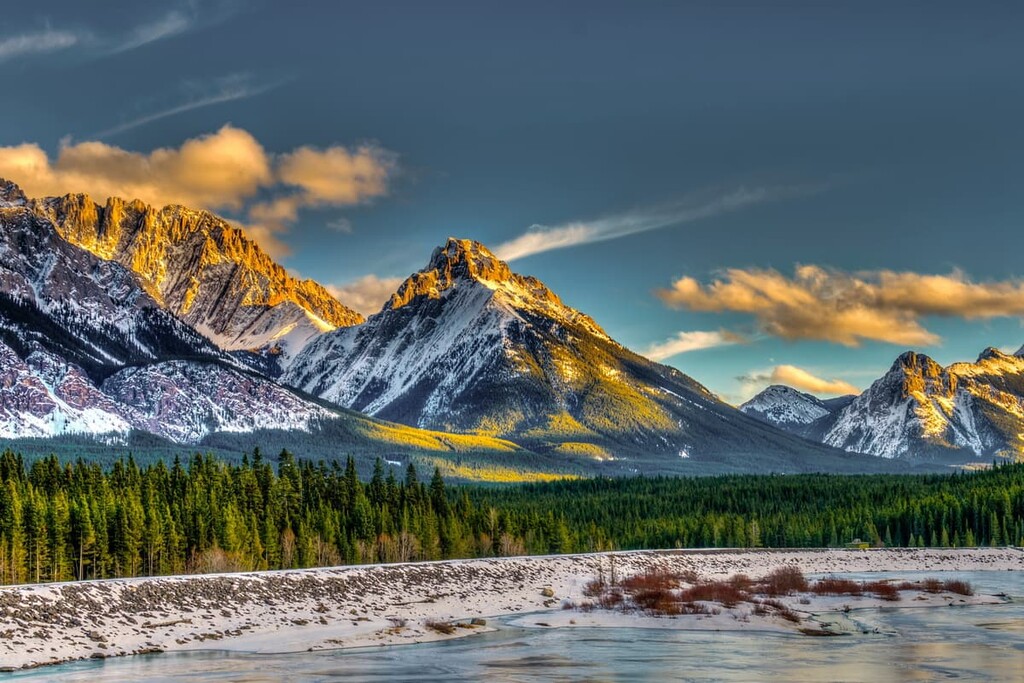
Alberta’s climate and natural subregions begin to change and look more like those we know today [4].
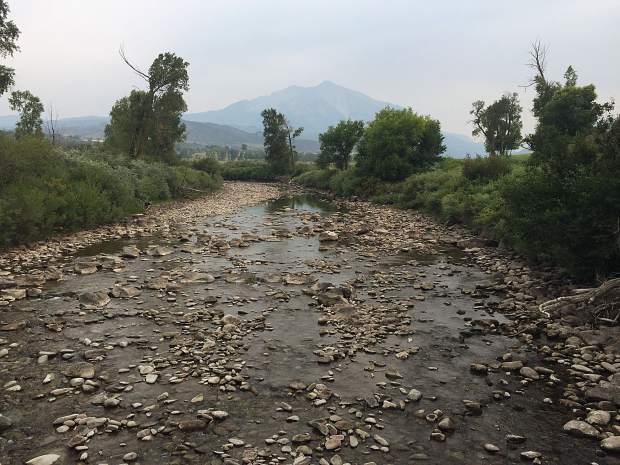
Beginning of prolonged low flow conditions for the South Saskatchewan, North Saskatchewan, and Saskatchewan Rivers surpassing any long-term hydrologic drought conditions observed in recent history [5].
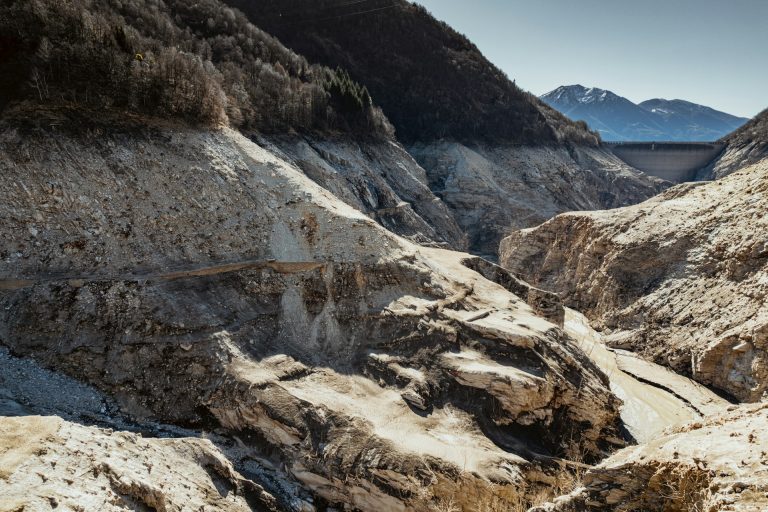
During this time, parts of the world experienced warmer temperatures than current, such as Europe, while others experienced highly unusual hydroclimatic variability including megadroughts across North America [6].
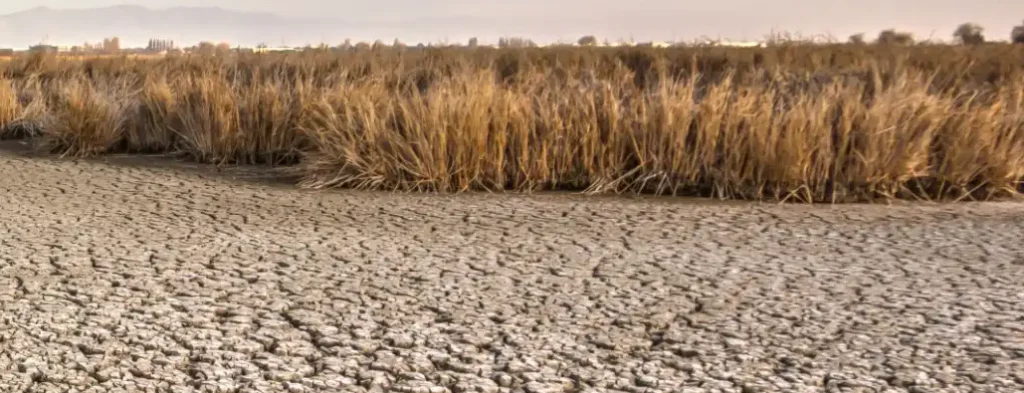
Anomalous surface temperatures begin to return to current conditions, although megadroughts and other extreme hydroclimatic events persist in North America and parts of Alberta [7].
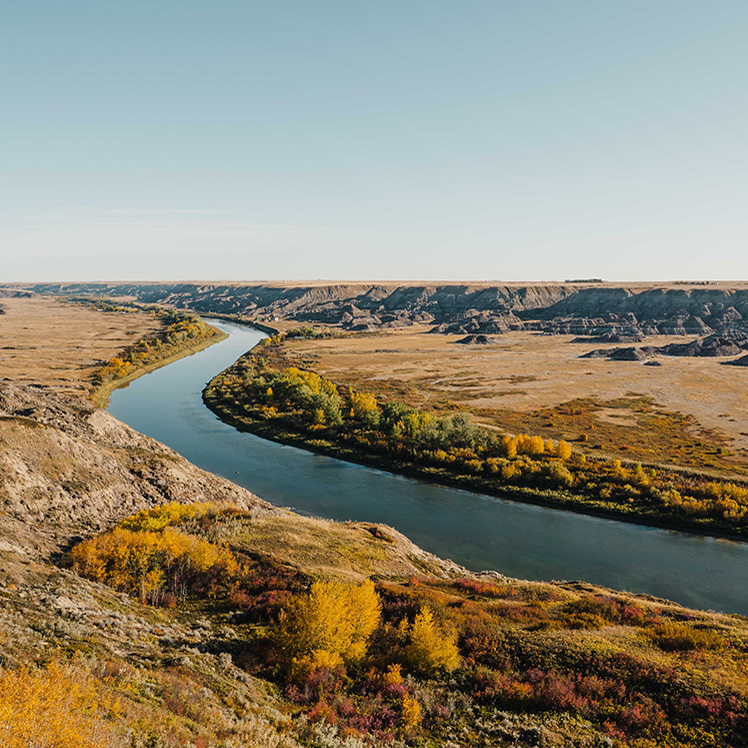
End of prolonged low flow conditions for the South Saskatchewan, North Saskatchewan, and Saskatchewan Rivers surpassing any long-term hydrologic drought conditions observed in recent history [5].
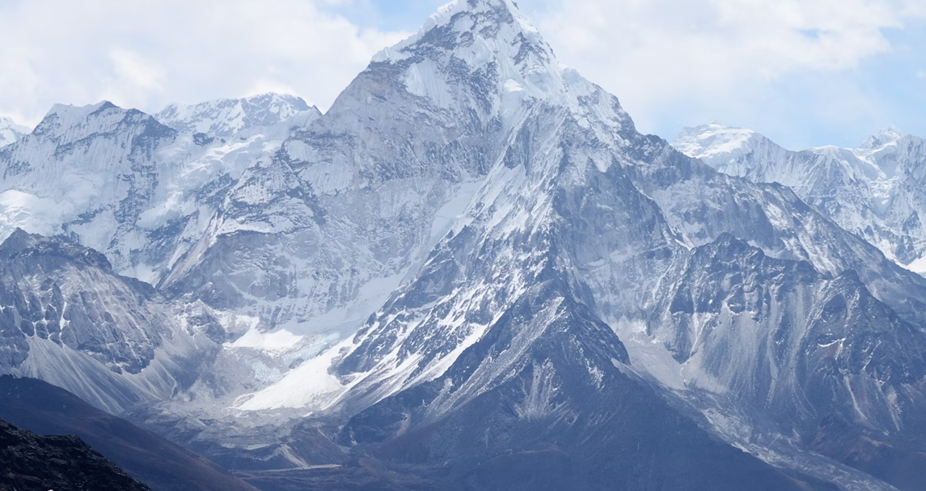
During this period, glaciers and icefields on Alberta’s Rocky Mountains reach their Holocene maxima [8].
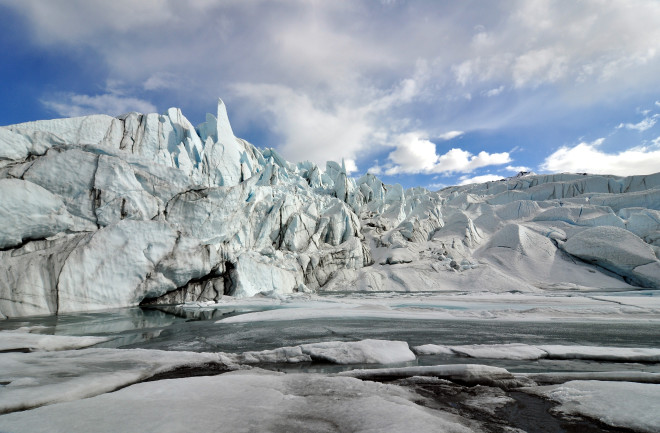
Climate and hydroclimatic conditions begin to change and look more like those we know today [9].
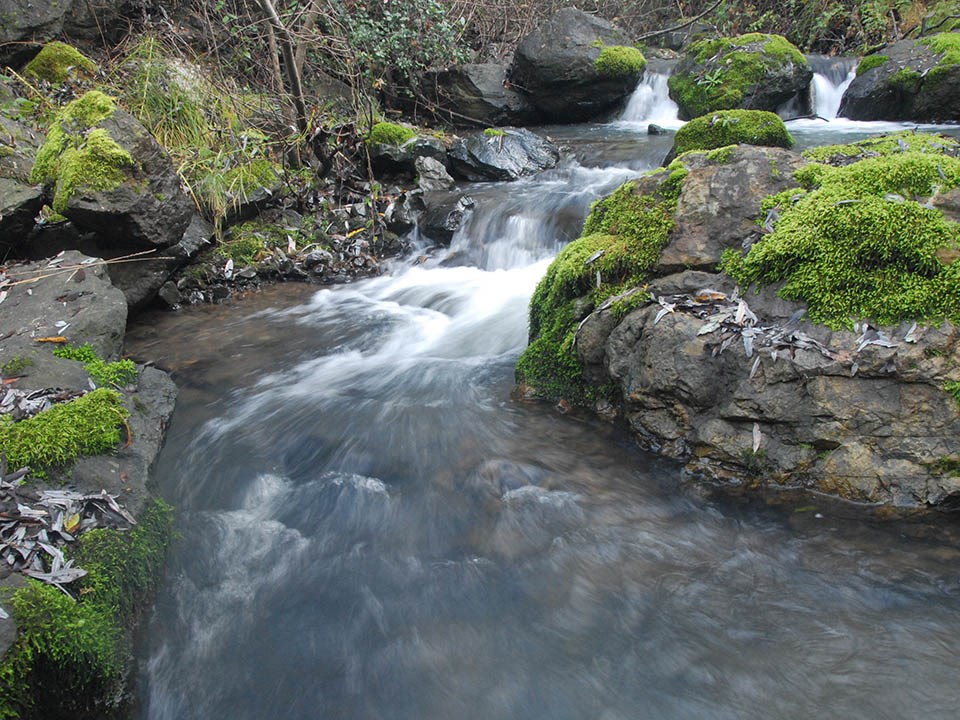
Climate and hydroclimatic variables, like temperature, precipitation, streamflow, lake levels, etc. are starting to be measured and recorded on a more regular basis in forms we recognize today. Analysis of large scale trends becomes a possibility, contributing to our understanding of Earth’s climate systems [10].

December 2022 marks the 526th consecutive month with a global temperature above the 20th century average [11].
Schneider, R. R. (2013, April 27). Alberta’s natural subregions under a changing climate. Alberta’s Natural Subregions Under a Changing Climate: Past, Present, and Future. https://www.eralberta.ca/wp-content/uploads/2017/05/Schneider_2013_Albertas_Natural_Subregions_under_a_Changing_Climate_ABMI.pdf
CO2 Science. (n.d.). Medieval Warm Period (North America: Canada Plus) — Summary. CO2 Science. http://www.co2science.org/subject/n/summaries/northamericamwp.php
Smith Edu. (2021, June 30). The effects of the Little Ice Age (c. 1300-1850). Climate in Arts and History. https://www.science.smith.edu/climatelit/the-effects-of-the-little-ice-age/
Khandekar, M. L. (2004). Canadian prairie drought: A climatological assessment. Alberta Environment. https://open.alberta.ca/dataset/cee3d571-9d0f-4b8c-a71f-2c2b1f4616f9/resource/4200f0af-4077-4740-a546-5f085d6a0ad1/download/aenv-canadian-prairie-drought-a-climatological-assessment-6673.pdf
We provide Canadian educational resources on water practices to promote conservation and sustainability. Our team crafts current and relevant content, while encouraging feedback and engagement.
The Canada WaterPortal is a registered charity, #807121876RR0001
We recognize and respect the sovereignty of the Indigenous Peoples and communities on whose land our work takes place.
© 2025 All Rights Reserved.